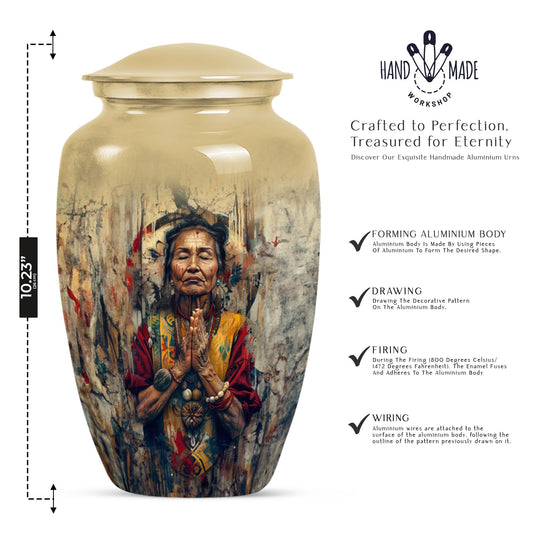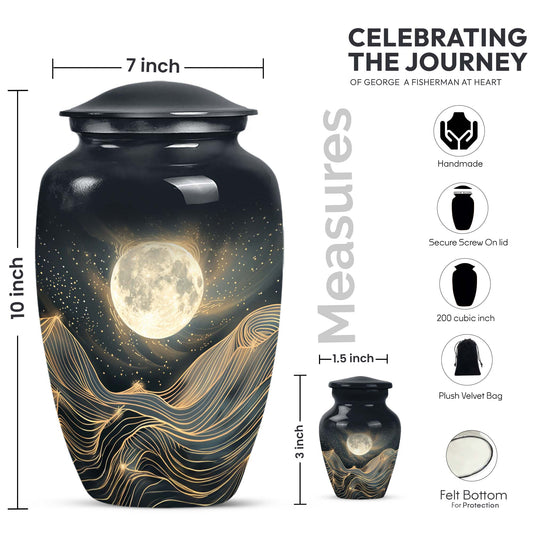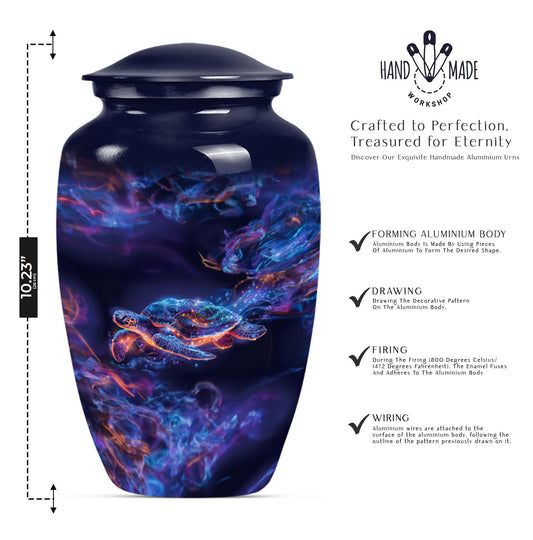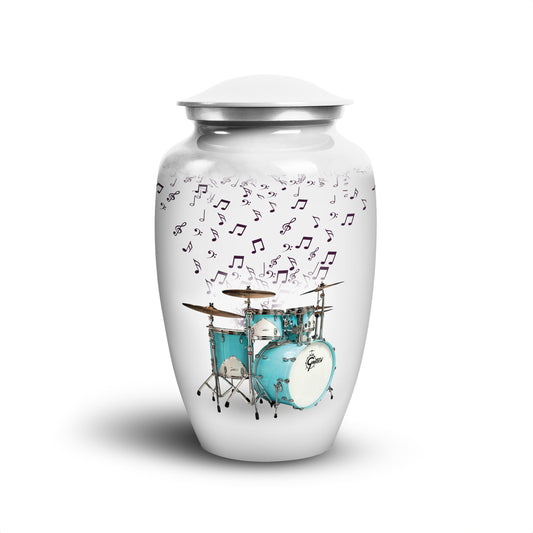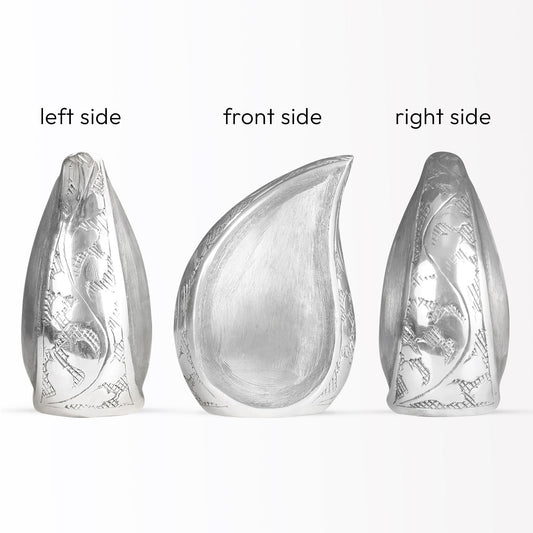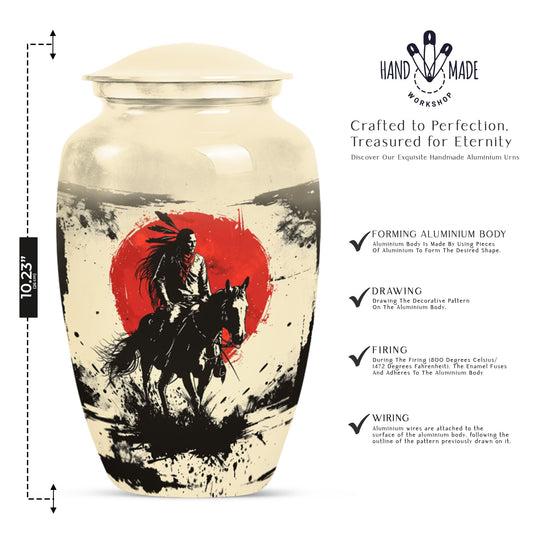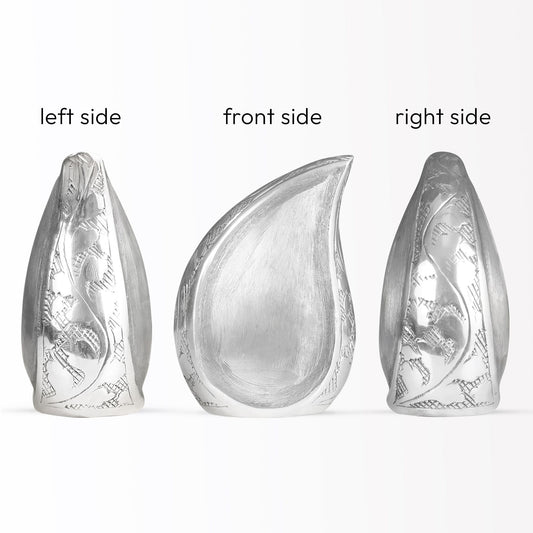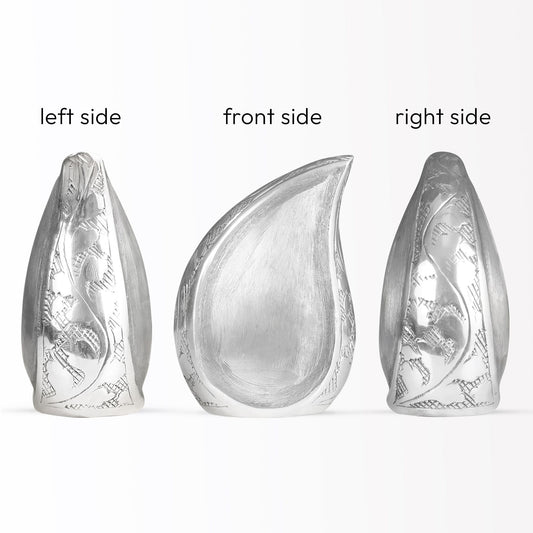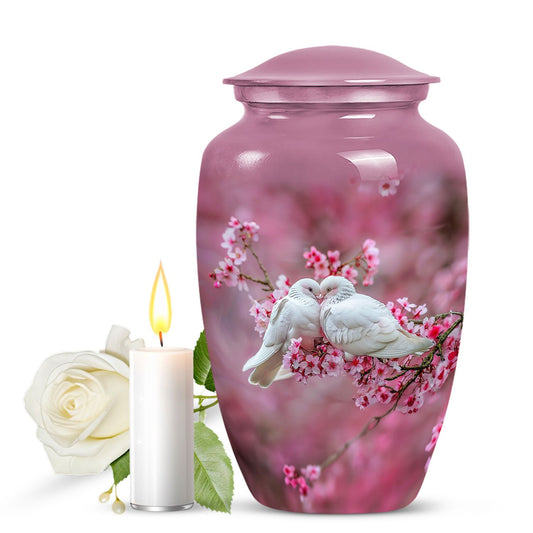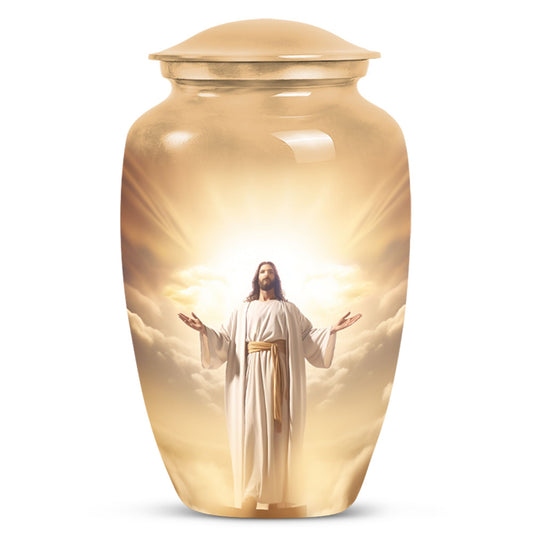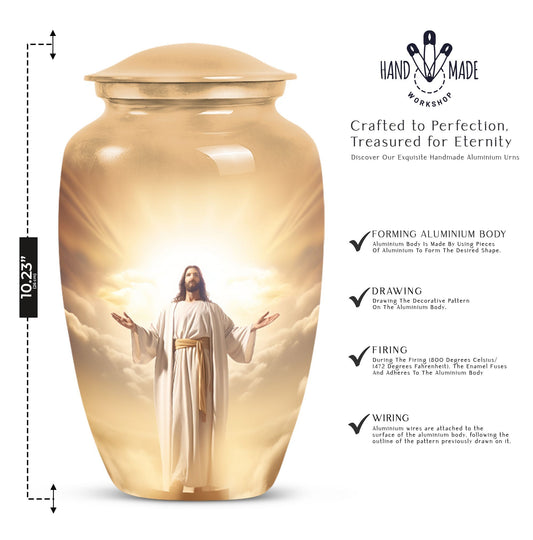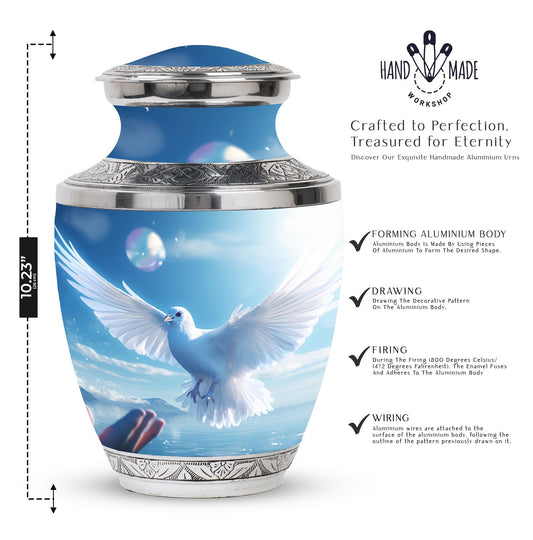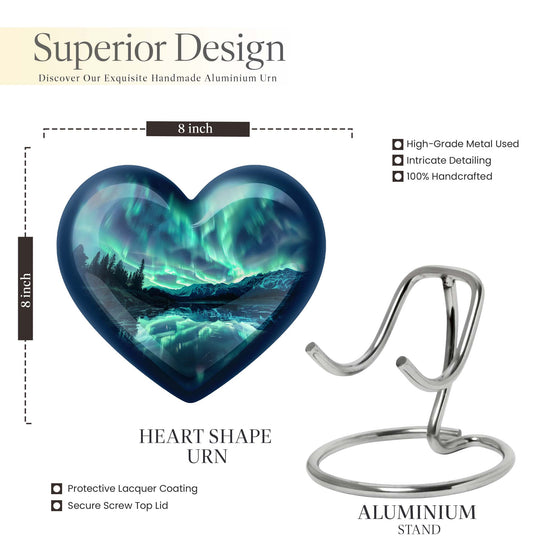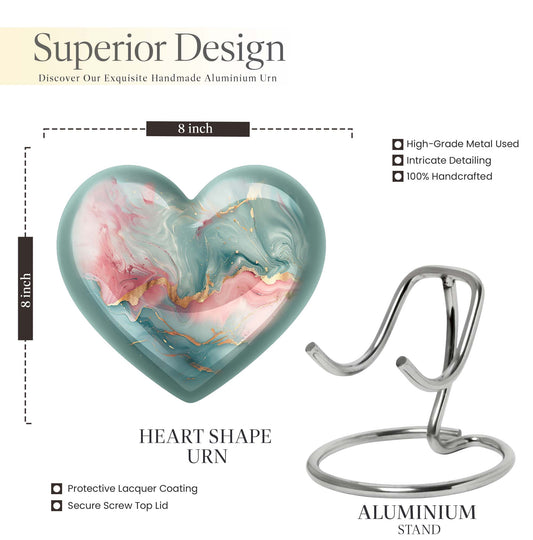Popular Urns
Private Cremation: What Rules To Keep IN Mind?

The private cremation is growing to be accepted by the nation as the preferred way in which the remains of their dead loved ones should be dealt with. The private cremation method is, in essence, the incineration of a body privately, that is to say, away from funeral homes or any public crematory, usually guided by a combination of federal, state, and local laws.
Legal Authorization and Permits
First, one needs to prepare a death certificate; this is a document that a licensed physician or a coroner would have signed to establish that the person who died had an identity and the reason for his death. More permits, such as the burial or cremation permit, are required in some states. These permits might come from the local health department or another governing authority.

There is a need for written consent from the family members or next of kin before cremation can be done. Where there is a dispute in the opinion of the next of kin, then cremation cannot be done until that dispute is resolved. Most states also have a waiting period before cremation. That waiting period is usually between 24 and 48 hours from the time of death for any possible further investigation or reconsideration.
Zoning and Environmental Regulations
Private cremation involves complying with zoning laws and environmental regulations. In most jurisdictions, it is illegal to carry out a cremation on residential property for reasons of air quality, fire safety, and other nuisances to neighbors. Private cremations, therefore, have to be conducted in facilities that are designed and permitted for this kind of activity.
This group includes the Environmental Protection Agency EPA regulating the emission of cremation processes from the Clean Air Act; thus, private crematories need to ensure that individual equipment complies with these requirements in terms of minimum emitting emissions. Besides, states have stricter requirements on environmental standards extending to the site and activity location of crematory facilities.

Cremation is a use of equipment that can take the body to a much higher temperature to turn it into ashes. The equipment has to be safe and used only in the manner in accordance with strict standards. Manufacturers of such cremation units must adhere to various federal and state regulations with regard to making sure their product works effectively and safely. In addition, operators or handlers of such equipment must be trained, and in a few states, licensed to conduct the process.
Private cremations entail careful handling of the combustible materials, waste product disposal, and prevention of accidental fires. Fire department permits or inspections may be required to ensure that the site and equipment meet safety requirements.
Handling and Disposition of Remains
Cremated remains, also known as cremains, can be placed in an urn and retained, scattered, interred, or memorialized in any other manner so desired by the family. There are some restrictions to scattering ashes, especially those on public lands, on bodies of water, and near private property.
For example, regarding scattering at sea, the EPA requires that cremains be scattered at least three nautical miles from shore. Other states have additional requirements regarding lakes, rivers, or forest scatterings. Families who choose private memorial gardens, or other forms of disposition besides scattering or burial should see if those forms comply with local law.
Moral Considerations and Documentation
Most states require accurate records of the cremation process. Such records are usually made to include identification of the deceased, the date and location of the cremation, and final disposition of the remains. Proper documentation ensures transparency and accountability, reducing the risk of legal disputes or ethical violations.
Private cremations must therefore also respect the dignity of the deceased. Ethical concerns would include that the remains should be identified at every stage of the cremation, and that no unauthorized person is allowed to view the cremation process.
Conclusion
Carrying out a private cremation in the United States is a very complicated procedure involving a number of legal, environmental, and ethical considerations. Families seeking this option need to find out about permits, zoning, equipment requirements, as well as how to handle remains to the point of so much learning in the cremation process of a body.
While private cremation is more private and less intrusive in terms of a process for showing respect for loved ones, researching all legal matters that could be a part of it must come first so the process will be safe and dignified.
















